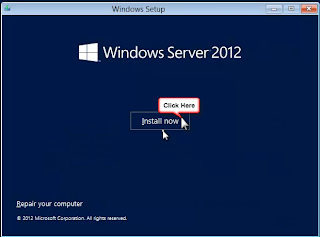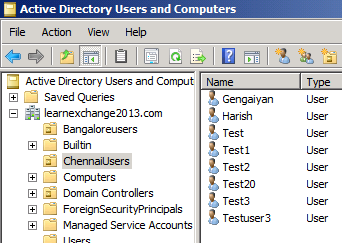Enable Datacenter Activation Coordination (DAC) Mode in Exchange 2010 DAG
Datacenter Activation Coordination
(DAC) Mode is a property of a DAG which can be turned on or off. DAC mode is
disabled by default and should only be enabled for DAGs with three or more DAG
members that have been deployed in a multi-datacenter configuration. DAC mode
shouldn’t be enabled for
- 2 member DAGs where each member is in a different AD
site
- 2-16 member DAGs where all members are in the same AD
site
In case you try to turn on DAC where
it is not supported, an error will be returned.
Note: In the expected Exchange 2010 SP1, DAC mode will be extended
to support two-member DAGs that have each member in a separate datacenter. In
addition, DAC mode will be extended to support DAGs that have all members
deployed in a single Active Directory site, including AD sites that have been
extended to multiple locations. So in SP1, you can now use DAC mode for all
DAGs with two or more members.
DAC mode is configured
to avoid a “split brain syndrome”. I will explain with an example. Let’s say we
have a four member DAG, with two servers in each datacenter. The primary
datacenter hosts the witness server and hence will always be in quorum. Now,
let’s say that a power outage occurs in the primary datacenter and the exchange
admin activates the secondary datacenter with an alternate file share witness.
When the power is
restored in the primary site, servers come online quicker than the WAN links.
Hence, when the two DAG members and witness server comes online, it has a
quorum (majority) and will try to activate the databases. This will cause a
“split brain syndrome” where both datacenters think that they are hosting the
active databases.
DAC mode was introduced
to avoid this situation. When DAC mode is enabled and the DAG members come back
online, they will leverage a protocol called Datacenter Activation Coordination
Protocol (DACP) before trying to mount the databases. The DACP is used to
determine the current state of the DAG and whether Active Manager should try to
mount the databases or not.
Now for the technical
bit as to how DAC works!
Active Manager stores a
bit in memory (either a 0 or 1) that tells the DAG whether it’s allowed
to mount local databases that are assigned as active on the server. When a DAG
is running in DAC mode, each time Active Manager starts up, the bit is set to
0, which means that it isn’t allowed to mount databases. When in DAC mode, the
server must try to communicate with all other members of the DAG that it knows
to get another DAG member to give it an answer as to whether it can mount local
databases that are assigned as active to it. The answer comes in the form of
the bit setting for other Active Managers in the DAG. If another server
responds that it’s bit is set to 1, it means that servers are allowed to mount
databases. Hence, the server starting up sets its bit to 1 and mounts its
databases.
Let’s find how DAC helps
in “split brain” scenario in our example. When power is restored to the primary
datacenter, the servers come online before WAN links and all of the DAG members
in the primary datacenter will have a DACP bit value of 0. Hence, none of the
servers in the primary datacenter will mount databases as they cannot
communicate with a DAG member that has a DACP bit value of 1.
DAC mode can be turned
on by running the shell command below.
Set-DatabaseAvailabilityGroup
–identity “DAGONE” –DatacenterActivationMode DagOnly






















